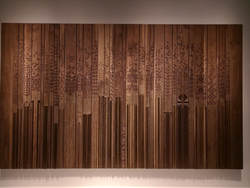 I went to the V&A recently, partly to see the Future Starts Here but also to get out of the sweltering heat. The Future starts here is an interesting and thought provoking show, all about current and just about to arrive technology. Particularly fascinating was the obsequious autonomous car (why do these things always have female voices?). I shall not describe it here as it doesn't really lend itself to and art blog. Fortunately, the other exhibition I went to see the Jameel Art Prize 5, does. The Jameel Art Prize celebrates contemporary art inspired by the Islamic art tradition. The 5 is presumably because it is in its 5th year. It's free, and rather good. Currently it is quite small but I hope it grows both in size, popularity and importance in future years. The prize is diverse both in the types of art selected and displayed, and the nationality of the finalists. Women dominate which defies ones prejudices. You are greeted as you enter by these two elegantly attired mannequins. They are displaying the work of designer Hala Kaiksow (above) who is from Bahrain. Elegant beige and white flowing outfits, with what seems to me to be a Japanese influence. The have a modern classicism about them and other contradictory phrases. Hayv Kahraman (above) is an Iraqi living in the US. She has produced these two wonderfully evocative paintings. According to the blurb they take scenes fro 13th Century Arabic manuscript illustration and replace the men with women, as well as making the subject about immigration. I have to say I didn't quite understand the second part but eh images are captivating. I particularly like the way, in the left hand image the gesturing women solidify out of their transparent bodies. Why are they pointing at various rooms? The use of patterns in both works is good, and there in the right hand painting you have a real sense of dynamism and discussion between the women depicted.
win an international prize. She has designed and constructed a mosque and there can't be many women who have done that. The design of this building is also pretty sensational. She has managed to use brick work and light to fill the place usually occupied but illustrated tiling. It must be easy to have a religious experience in that calming, dappled light space. This is where she manages to bust another expectation, at least to those ill informed of us living in the west, that of Bangladesh. It is eye opening to realise there are buildings like this being constructed there and it breaks from the usual media news cycle of poverty and flooding which is usually all we here. I found myself wanting to go to Dhaka and stand in that building. By bringing these things to our attention the Jameel prize is doing something interesting and important.
He is right of course but museums cannot help but display things out of context to a certain extent. I particularly liked the small pot, displayed on top of the large black plinth against the red square of that abstract painting. It is a nice juxtaposition. Squatting in the middle of the gallery is a small enclosed area containing the work of Younes Rahmoun (above). What it is, is a series of multi-coloured woven hats, arranged in sets of odd numbers and lit from underneath. They have a charming and calming air to them glowing, as they seem to do, with a benevolent light. This is another example of the Jameel prize doing something that all good exhibitions should do, you come away knowing more than when you went in. So these hats are like those worn by Moroccan men of modest means as a sign of their faith. Once you know this of course it adds an extra dimension to the display. I couldn't help thinking though it would work better if somehow they had managed to hide the wires. The other joint winner was Mehdi Moutashar (above). Moutashar would seem to be the most established artists in the show and has won with this bold and stark abstract installation. He would seem to be too grand to have an easily locatable website. It is easy to dismiss this at first, as I did, although the longer you look at it the more it seems to have something to say. There is something quizzical about it. Rounding the corner and you have the work of Wardha Shabbir (above) who is from Lahore, Pakistan. She was trained in the Islamic miniaturist tradition and has used this to produced these abstract pieces. They are made up of geometric shapes, (and curves in other works not seen here) made up of tiny, tiny, intricate leaves. The exhibition provides magnifying glasses with which to closer inspect them. They make an odd contrast these dark green classical leaves against the orange and yellow lurid frames. The work also continues outside the frames and you can see detailed patterns covering the wall. I particularly like the expanding sphere of dust around the yellow frame (above right). The exhibition includes a projected film showing all the artists and them working and the hours of painstaking work that Shabbir puts in. For her though it is a form of meditation. Last and by no means least, we exit where we came in, with this sumptuous gold painted brass and wood object called Shawl by the naqsh collective (above). The naqsh collective, consists of two sisters, Nisreen and Nermeen Abudail. Originally from Jordan they now live and work in Dubai have produced what is my favourite piece in the show. I like a piece of detailed golden art and this delivered. It is impressive how they have managed to get the hard substances of brass and wood to resemble a shawl. The intricate patterning and the overall design is very impressive and appealing. I like the way they have achieved contrast in the piece by light and dark stripes, and also how you suddenly spot there is even finer detail that calls you to look closer. Have a look at their website too there are many intriguing things there.
The Jameel prize is free and is on display at the V&A until 25th November 2018.
0 Comments
Leave a Reply. |
Archives
June 2024
Categories |
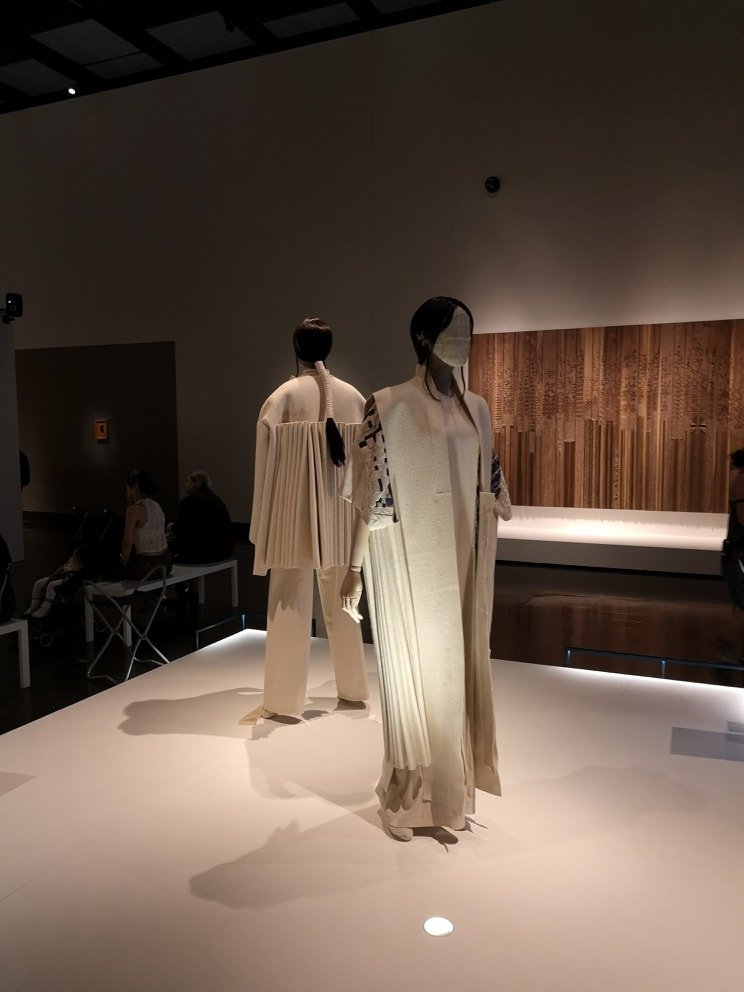
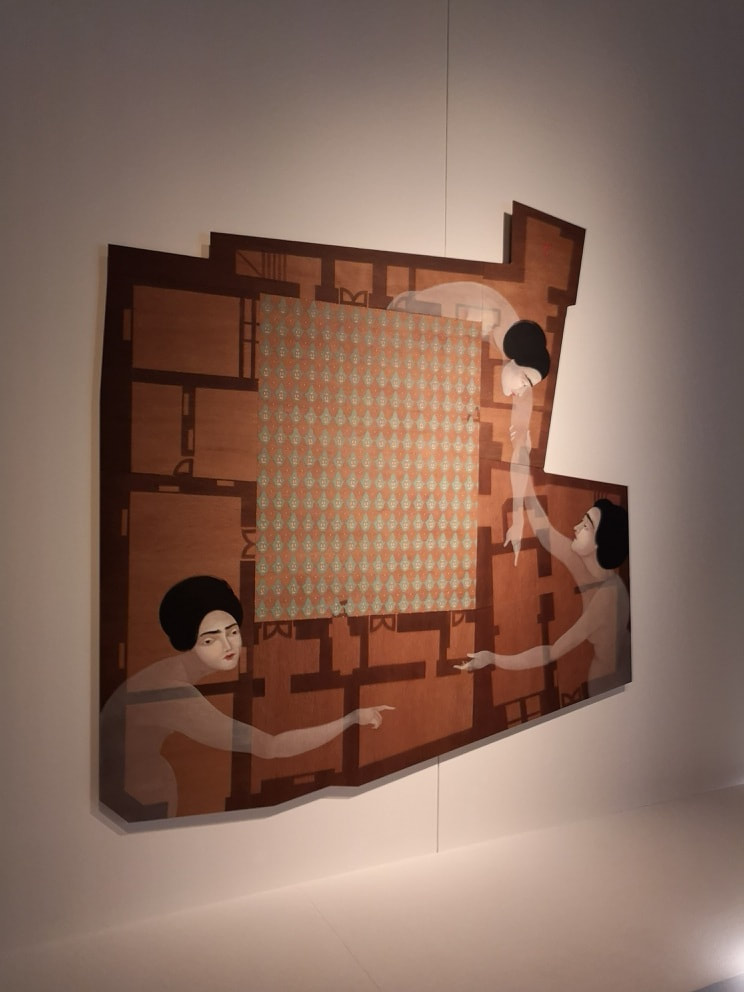
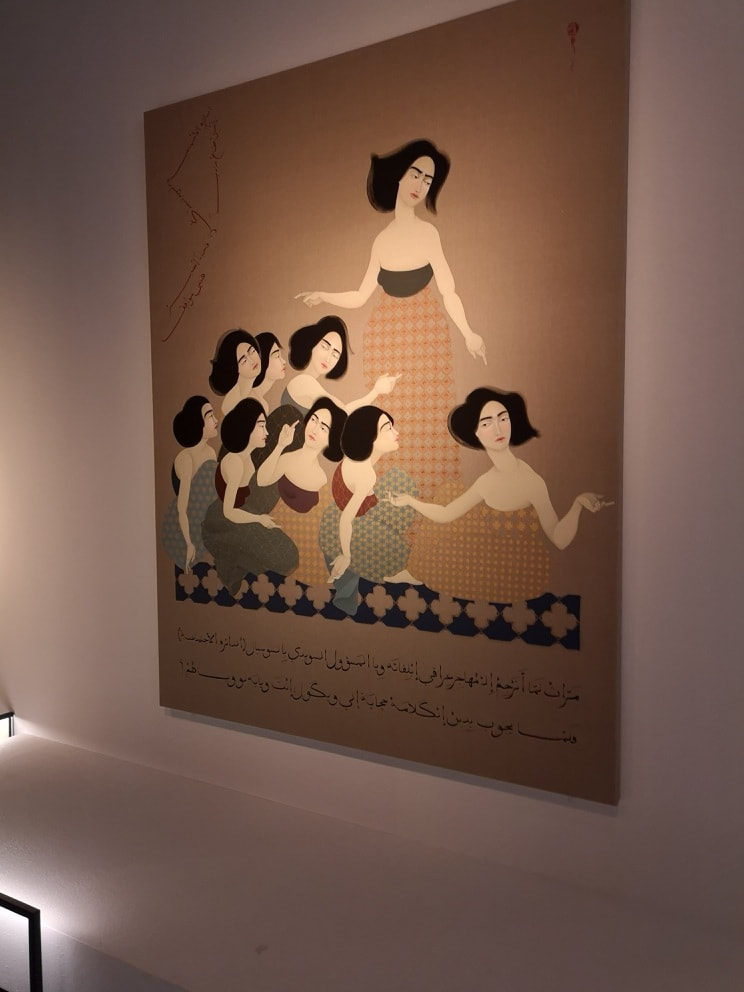
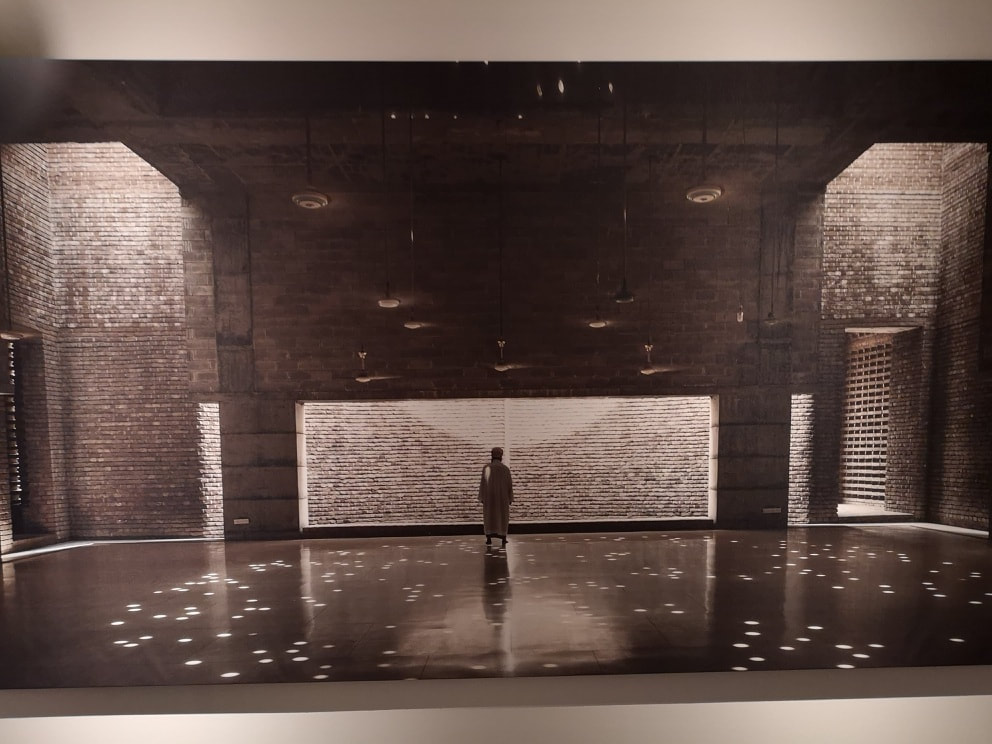
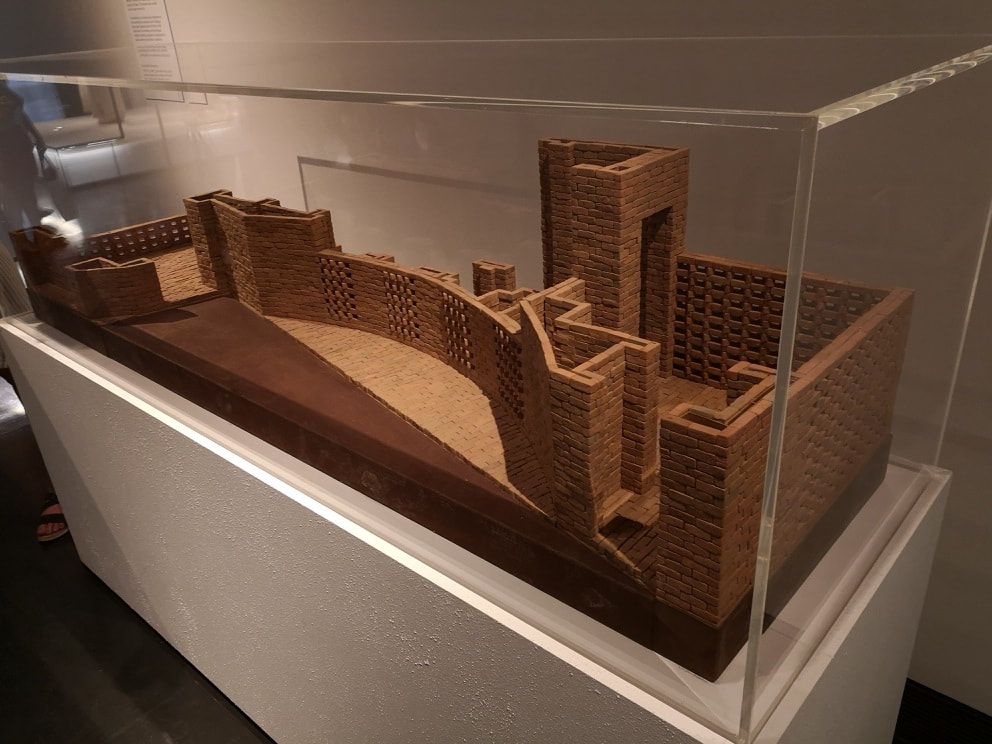
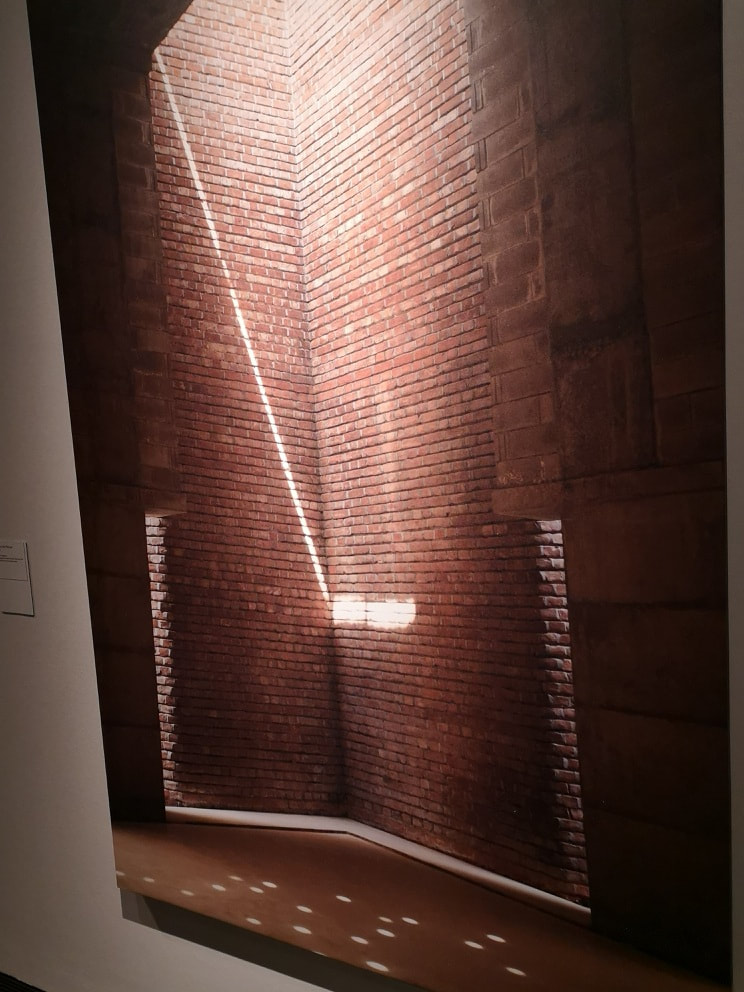
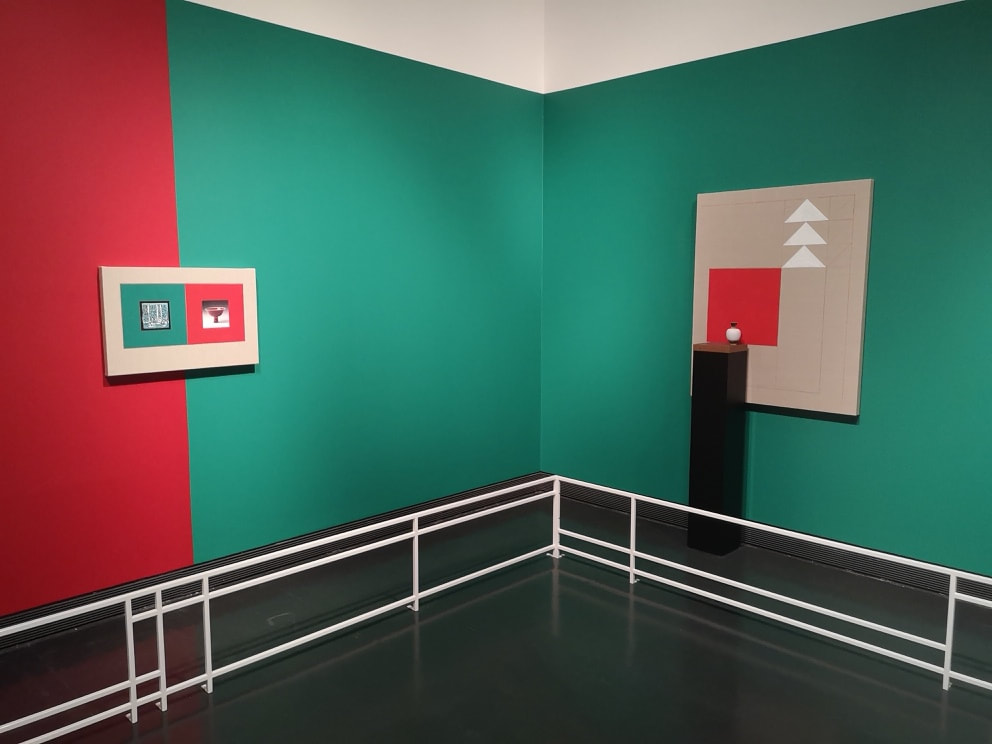
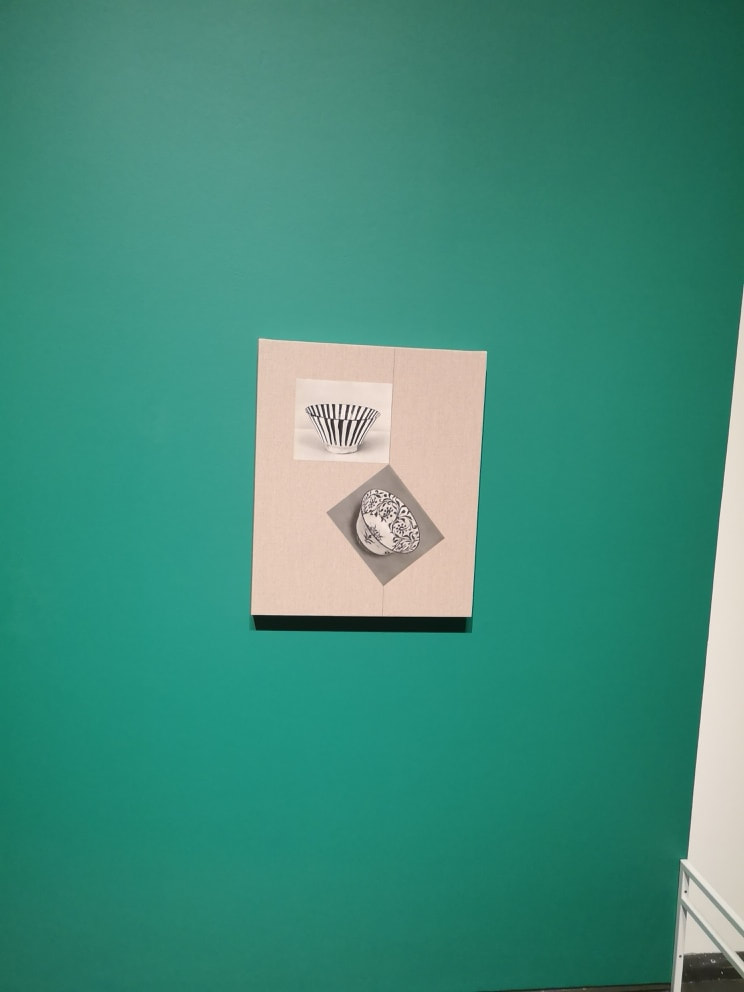
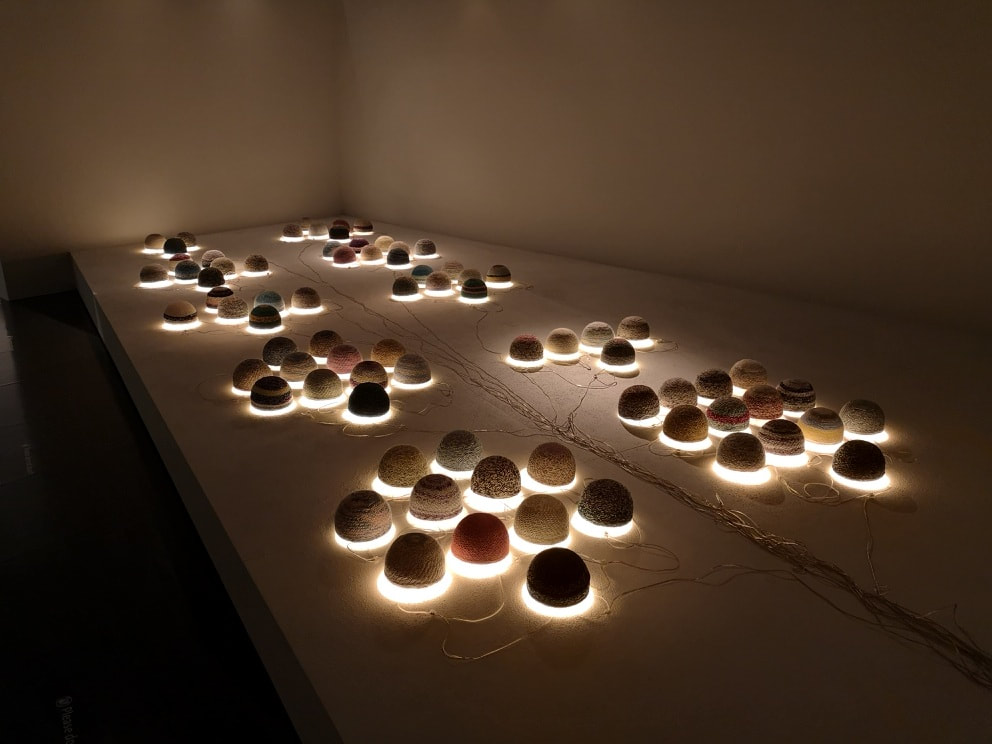
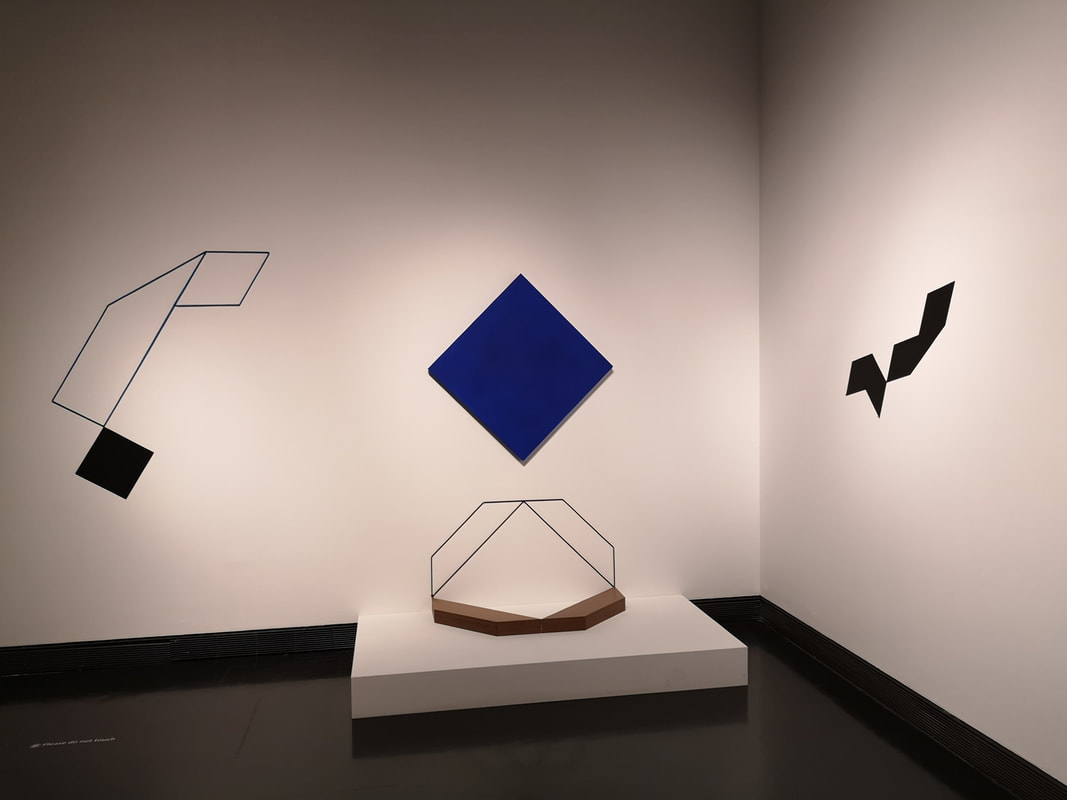
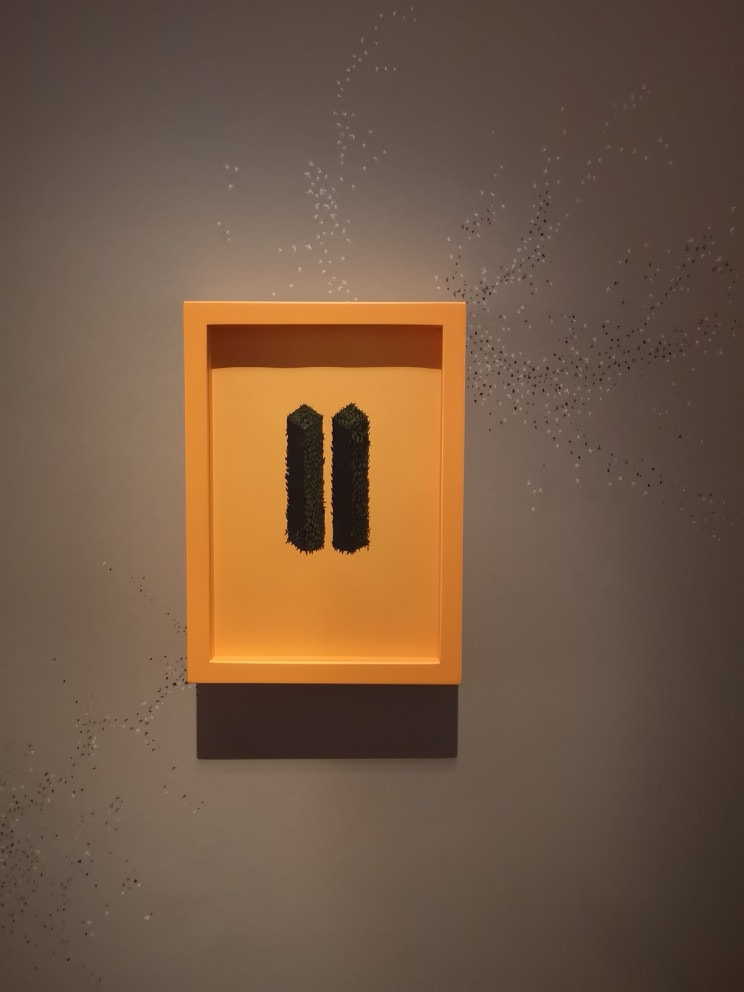
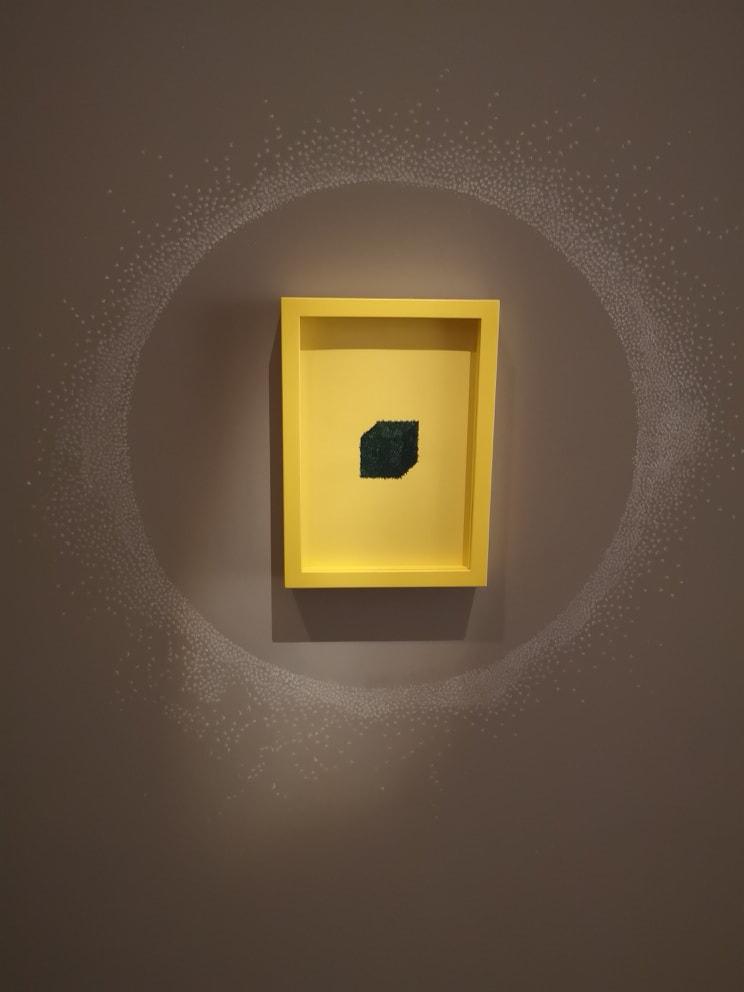
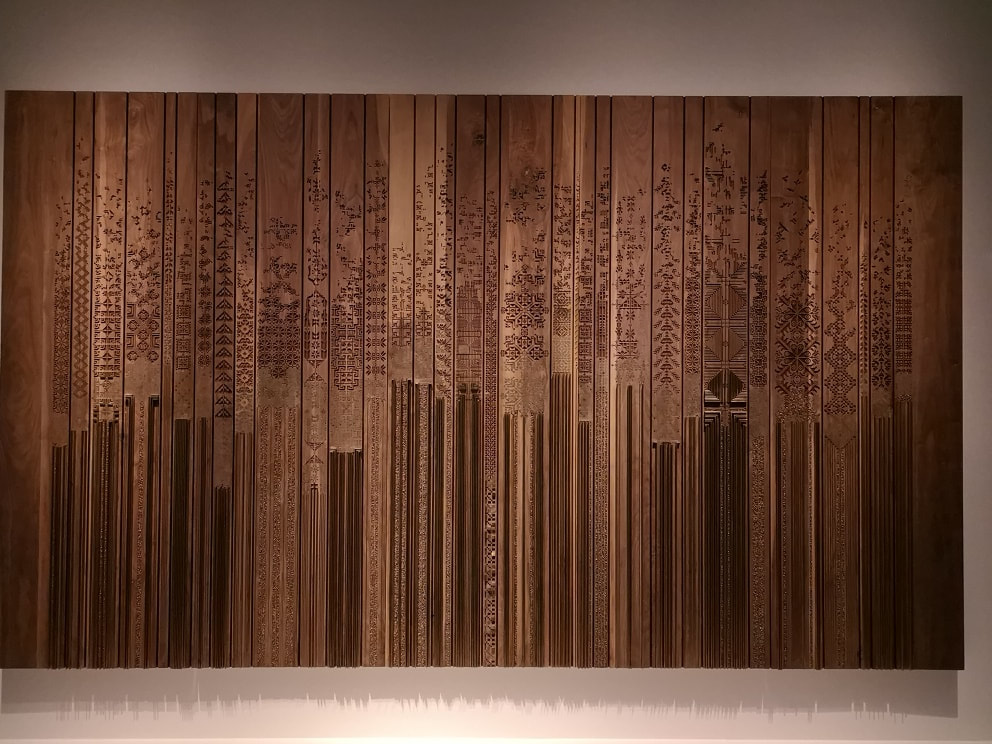
 RSS Feed
RSS Feed